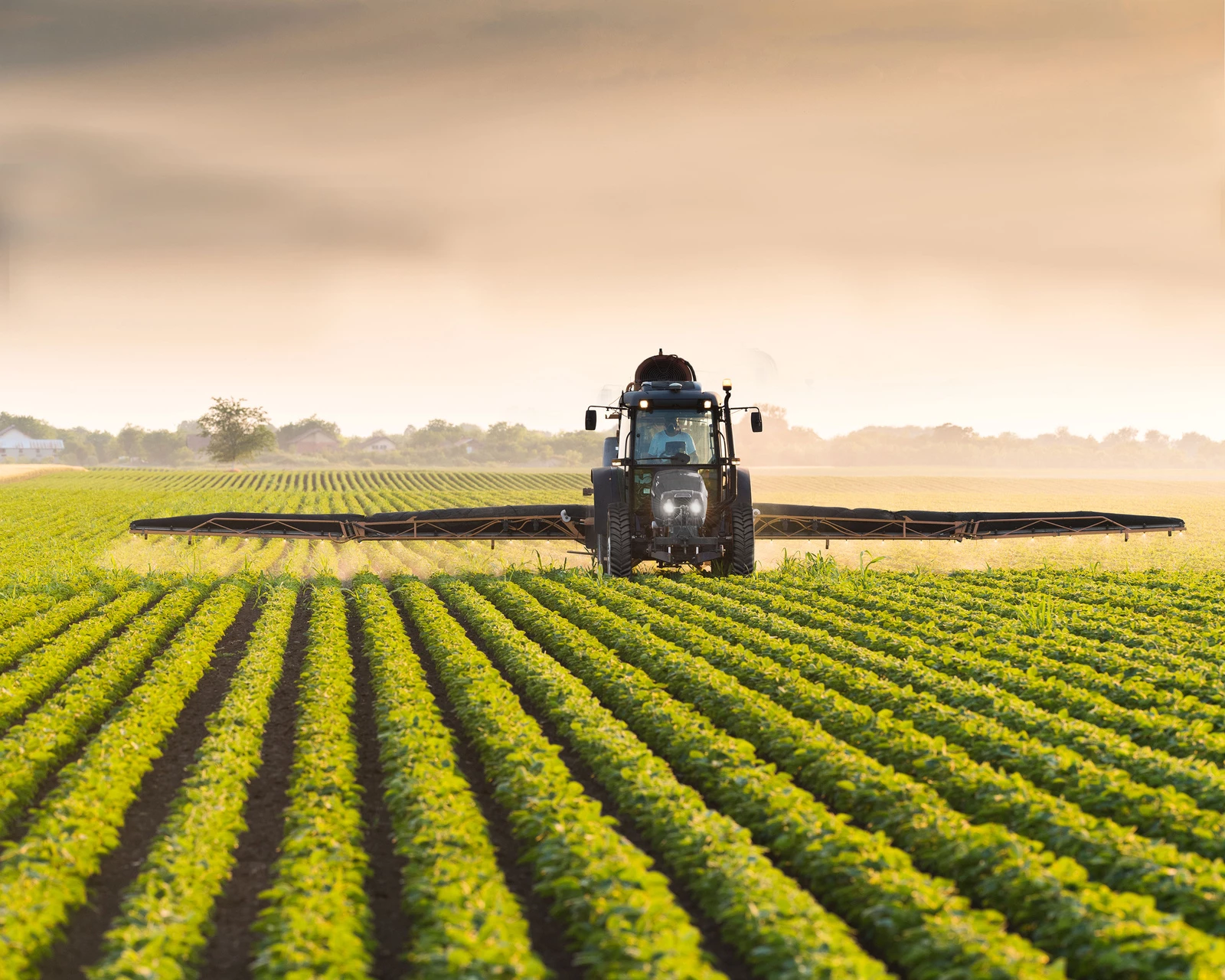Sustainable farming practices are essential for ensuring that agricultural activities do not harm the environment, deplete natural resources, or negatively impact future generations’ ability to produce food. By adopting sustainable methods, farmers can maintain the health of their land, improve biodiversity, and reduce their carbon footprint. This article explores some of the best sustainable farming practices that can help achieve these goals.
Crop Rotation and Diversity
Crop rotation is one of the oldest and most effective sustainable farming practices. It involves growing different types of crops in the same area across a sequence of seasons. This practice helps prevent soil depletion, reduces the buildup of pests and diseases, and enhances soil fertility. For example, rotating legumes with cereals can naturally replenish soil nitrogen levels, reducing the need for chemical fertilizers.
Diversity in planting also plays a crucial role. By cultivating a variety of crops, farmers can create a more resilient agricultural system. Diverse crops can better withstand pests and diseases, provide habitat for beneficial insects, and improve soil health. Polyculture, or the practice of growing multiple crops together, can lead to healthier and more productive farms.
Conservation Tillage
Conservation tillage is a method of soil cultivation that leaves the previous year’s crop residue on fields before and after planting the next crop. This practice helps reduce soil erosion, improve water retention, and increase organic matter in the soil. No-till farming, a type of conservation tillage, minimizes soil disturbance, thereby preserving soil structure and promoting the activity of beneficial soil organisms.
By reducing the frequency and intensity of tillage, farmers can also decrease fuel consumption and greenhouse gas emissions. This practice is particularly beneficial in areas prone to erosion and where soil fertility needs to be maintained or improved.
Integrated Pest Management (IPM)
Integrated Pest Management (IPM) is an environmentally friendly approach to controlling pests. Instead of relying solely on chemical pesticides, IPM combines various strategies to manage pest populations. These strategies include biological control (using natural predators), cultural practices (such as crop rotation), physical controls (like traps), and the judicious use of chemical pesticides when necessary.
IPM aims to reduce the reliance on chemical pesticides, which can harm non-target organisms, contaminate water supplies, and lead to pesticide resistance. By using a combination of methods, farmers can effectively manage pests while minimizing environmental impact.
Agroforestry
Agroforestry is the integration of trees and shrubs into agricultural landscapes. This practice offers numerous environmental and economic benefits. Trees can provide shade and windbreaks, reducing soil erosion and protecting crops from extreme weather. They also enhance biodiversity by providing habitat for wildlife.
Moreover, trees and shrubs can improve soil fertility through nutrient cycling and nitrogen fixation. Farmers can diversify their income by harvesting timber, fruits, nuts, and other tree products. Agroforestry systems can also sequester carbon, helping to mitigate climate change.
Cover Cropping
Cover cropping involves planting crops, such as clover, rye, or legumes, during the off-season when main crops are not being grown. These cover crops protect and enrich the soil by preventing erosion, improving soil structure, and increasing organic matter. They can also suppress weeds and provide habitat for beneficial insects.
Cover crops can fix atmospheric nitrogen into the soil, reducing the need for synthetic fertilizers. When incorporated into the soil, they enhance its fertility and health, promoting sustainable crop production.
Organic Farming
Organic farming is a holistic approach that emphasizes the use of natural inputs and processes. Organic farmers avoid synthetic fertilizers, pesticides, and genetically modified organisms (GMOs). Instead, they rely on practices such as composting, crop rotation, and biological pest control to maintain soil health and fertility.
Organic farming promotes biodiversity, improves soil structure, and reduces pollution from agricultural runoff. Although organic farming can be more labor-intensive, it often results in higher-quality produce and can command premium prices in the market.
Water Management
Efficient water management is crucial for sustainable farming, especially in areas prone to water scarcity. Practices such as drip irrigation and rainwater harvesting can help farmers use water more efficiently. Drip irrigation delivers water directly to the plant roots, minimizing evaporation and runoff.
Rainwater harvesting involves collecting and storing rainwater for later use. This practice can reduce the reliance on groundwater and surface water sources, which are often over-exploited. By managing water resources sustainably, farmers can ensure that their agricultural practices do not deplete local water supplies.
Reduced Chemical Use
Reducing the use of chemical fertilizers and pesticides is essential for sustainable farming. Overuse of these chemicals can lead to soil degradation, water pollution, and harm to non-target organisms. Farmers can adopt practices such as precision agriculture, which uses technology to apply fertilizers and pesticides more accurately and efficiently.
Biological alternatives, such as compost and manure, can provide essential nutrients to the soil without the negative impacts associated with synthetic chemicals. By reducing chemical inputs, farmers can improve soil health and reduce environmental pollution.
For more info: Sustainable Agriculture Methods


